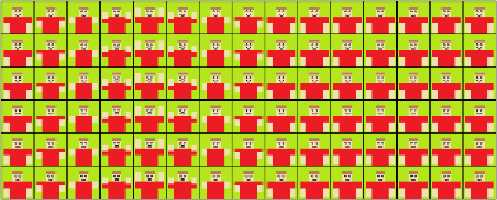This is a lesson summary. The full lesson can be viewed by purchasing an online course subscription.
Learning Objective
In this lesson we will look at characteristics of waves and learn about different types of wave motion.
Learning Outcomes
By the end of this lesson you will be able to:
- Define what a wave is.
- Distinguish between mechanical and electromagnetic waves.
- Describe transverse, longitudinal and surface wave motion.
- Describe the mathematical relationship between a wave’s frequency, wavelength and velocity.

(Image: geralt, Pixabay)
Lesson Summary
- Waves are oscillations that transfer energy.
- Mechanical waves require a medium, which means they can travel through solids, liquids and gases, but not through a vacuum.
- Electromagnetic waves do not require a medium, which means they can travel through solids, liquids and gases, as well as through a vacuum.
- All waves require a source of oscillations.
- Mechanical waves require the disturbance of a medium.
- Electromagnetic waves require a source that generates an oscillating electromagnetic field.
- Transverse waves involve oscillations that are perpendicular to the direction of energy transfer.
- Longitudinal waves involve oscillations that are in line with the direction of energy transfer.
- Surface waves involve oscillations that are circular.
- Frequency is the number of wave cycles per second. It is measured in hertz (Hz).
- Wavelength is the distance a wave travels during one cycle.
- Amplitude is the maximum distance of oscillation from the central starting position.
- Velocity is how fast a wave travels through space.
- Waveforms are graphical representations of waves.
- They show amplitude as the height of peaks and wavelength as the distance between two peaks.
- Frequency, wavelength and velocity are mathematically related, as shown by the following formula:
 .
.
- Frequency and wavelength are inversely proportional.
- Amplitude does not affect frequency, wavelength or velocity.

(Header image: Login, Adobe Stock)
